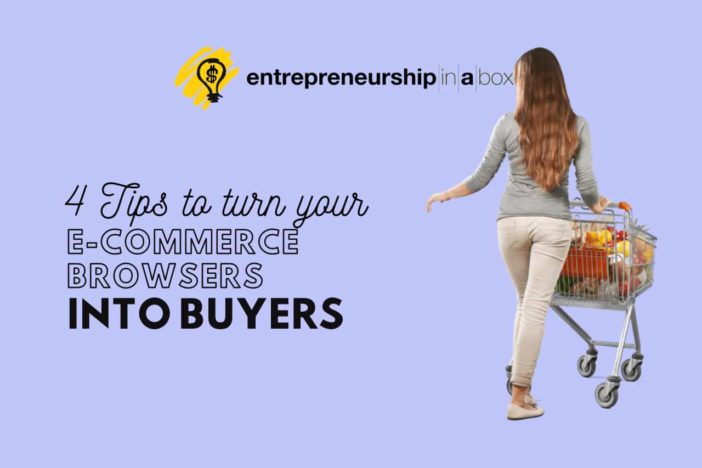Driving traffic to your e-commerce website is important; it’s the equivalent of getting shoppers through the door in a physical retail space. But your revenue only reaps the benefits if these browsers turn into buyers. While it’s unrealistic to expect everyone to buy on their first visit, it’s still important to optimize your website so it’s compelling, simple, and intuitive for consumers to do so.
It may surprise you to learn the conversion rate for e-commerce in 2017 was 1.6 percent on average, according to the latest E-Commerce Benchmark KPI Study from Wolfgang Digital. For every 100 people who take the time to visit your site, between one and two people, will typically convert. With the benchmark for this metric so low in the e-commerce industry, it’s imperative to do everything you can to provide a positive user experience.
1. Drive the Right Kinds of Traffic to Your e-Commerce Website
Casting a wide net might be a good strategy when you’re deep sea fishing, but this is e-commerce marketing. Driving indiscriminate traffic to your website is less effective. More effective way is targeting an audience of people already prone to appreciate your products.
Here’s the baseline information you should know about your target audience before marketing to them:
- Demographic information
- Their online behaviors
- How they browse
- What motivates them
- Also, what doesn’t motivate them
- What value you provide them
Next, you’ll need to reach your target buyers where they spend time online with messaging that grabs their attention and compels them to browse. Understanding your target audience can boost conversion rates. It is because you’ll be driving traffic made up of people already predisposed to buy from you, compared to the average online user.
2. Prioritize Simple, Intuitive Navigation
Enterprise eCommerce platforms actually play a large role in the purchasing journey, meaning they can make or break conversion rates. Put it this way: customers rarely notice if the website they’re using is responsive, with understandable navigation, quick load times and an intuitive funnel from start to finish. However, they do notice when an online store doesn’t have those features. Any amount of confusion or frustration can prompt a user to simply abandon a cart—so make sure your store is built upon a reliable, optimized platform from the get-go.
3. Offer a Frictionless Checkout Process Inside Your e-Commerce Website
The checkout process, in particular, can make the difference between clinching a sale and seeing your cart abandonment rate climb. Why? Because at this point in the funnel, people have already sunk time into browsing and choosing the products they wish to purchase. Any difficulties with clunky cybersecurity measures, hidden fees, inflexible order fulfillment options, or time-consuming forms can push them over the edge. It’s disappointing to come so close yet remain so far away from finalizing these “almost” transactions.
The average shopping cart abandonment rate in e-commerce is somewhere around 68 percent, according to Baymard Institute data. One significant contributor is websites requiring users to create an account before buying. It’s savvier to allow people to check out as a guest and ask them to create an optional account after the fact to avoid scaring them away. Opaque order costs also repel customers, as do untrustworthy payment gateways and unfavorable return policies.
4. Make Your eComerce Website Calls to Action Pop
It should be impossible to mistake the primary call to action (CTA) on each landing page, like “Add to Cart” on a product page. Not only should CTAs feature strong, clear verbiage, but they should also stand out in terms of font and color.
Turning e-commerce browsers into buyers is mostly a matter of driving the right kind of traffic, facilitating a smooth purchasing journey, and motivating consumers to continue with overt CTAs.





